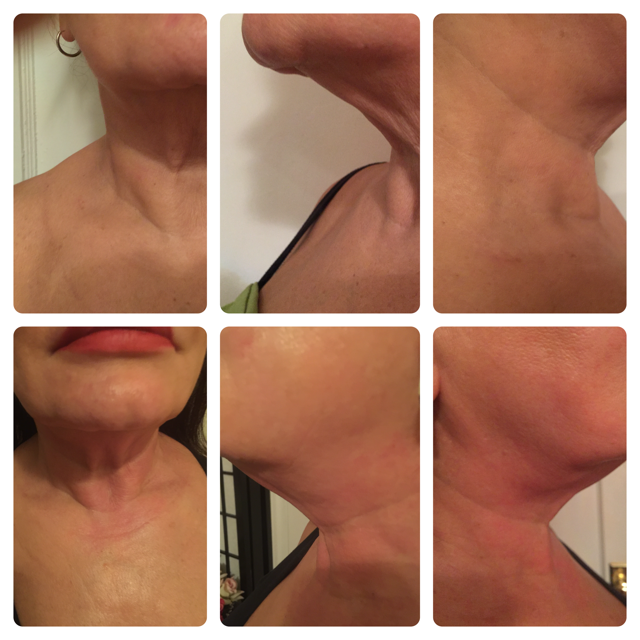RF Systems to treat the neck

The Rejuvenation of ageing skin is a fundamental treatment of the cosmetic clinician. With respect to aesthetics of the lower face and neck, the top concerns for patients are sagging skin, wrinkles, and jowling. For years, the methodology of choice for treating skin laxity in the non-invasive setting has been transcutaneous thermogenesis, whereby energy is used to create heat damage to the dermal and subcutaneous skin layers. This thermal injury ultimately results in collagen denaturation and contraction, activation of wound healing pathways, collagen remodeling, increase in collagen fibril size, and ultimately neocollagenesis – whereby new collagen fills in surface imperfections resulting in more youthful appearing skin.
Since the early 2000s, radiofrequency (RF) device have remained a staple delivery system of transcutaneous thermogenests for the treatment of skin laxity and facial rejuvenation. The atm of the RF devices is to induce electrotheraml injury into the dermis and subcutaneous tissues at precise therapeutic geat levels that effectively promote collagen remodeling. Early RF device emitted energy at the skin surface using electrode arrays which required energy to pass through the epidermis to heat the underlying dermis. This resulted in the potential for significant thermal injury to the skin surface in order to achieve optimal dermal temperatures for collagen remodeling, and thus aggressive skin cooling and short duration treatments were required. Surface temperature thresholds also limited the depth to which electrothermal energy could penetrate into the dermis, as increasing the RF power (and thereby depth) would necessarily increase the heat delivered to the skin surface.
Jason D.Bloom,MD and Garrett D.Locketz, MD
Team Rejuvee